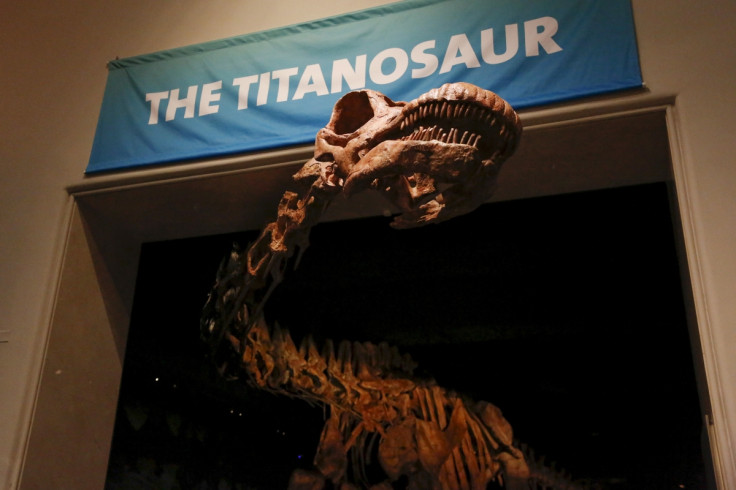Join Sir David Attenborough and witness the largest ever dinosaur in virtual reality
In the first mixed reality production from the BBC, the UK broadcaster has tasked Sir David Attenborough with introducing you to the titanosaur, the largest recorded dinosaur to date, in the form of a 360 degree, virtual reality compatible video.
You can watch the amazing video below. For the best experience we recommend viewing it either on a large screen tablet/smartphone in high definition so you can pan around 360 degrees to view the scene from all angles, or for those lucky enough to own a VR headset (the YouTube video is also Google Cardboard compatible) you can pop it on and enjoy the spectacle.
The short video is a spin-off of the recent BBC One documentary Attenborough and the Giant Dinosaur, and was filmed using 6K resolution cameras fitted with wide angle lenses which recorded Sir David narrating against a green screen backdrop.
The titanosaur itself was "brought to life" by scanning preserved bones of the late Cretaceous-period giant which could then be pieced together to create 3D models used to form a "realistic" computer generated image.
Weighing in at 70tonnes and spanning 37m in length, the titanosaur, that we can witness quite casually strolling past in either VR or 360 degree, is actually longer than a blue whale and is as heavy as 15 African elephants.

The BBC's digital development lead for the natural history unit and director/producer of the clip commented: "It's our highest production value 360 degree film and we hope it takes the viewer on a unique journey, with Sir David as host and driver. The sense of scale, particularly when viewed on a headset, can only be achieved in VR (virtual reality)."
Back in 1999, the BBC produced Walking With Dinosaurs, a TV series that looked to channel the most cutting edge computer generated graphics with animatronic effects to effectively recreate and convey the overwhelming scale of a dinosaur. Now 17 years on, it seems that developments in virtual reality and camera technology could help mould future immersive media productions to bring us closer to the distinct animals.
© Copyright IBTimes 2024. All rights reserved.






